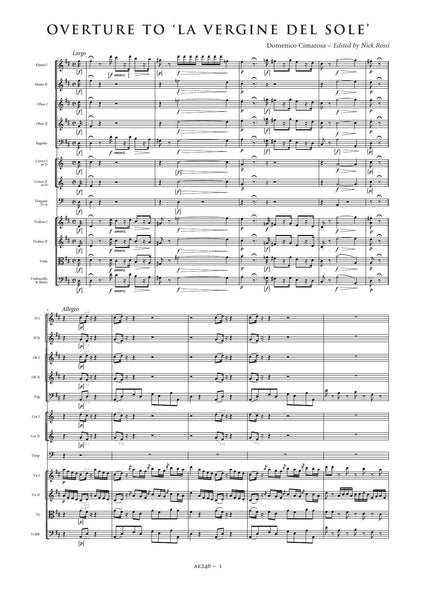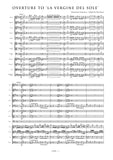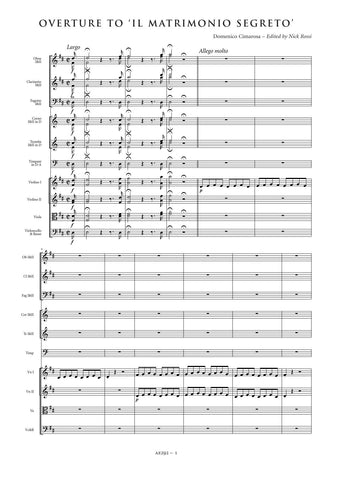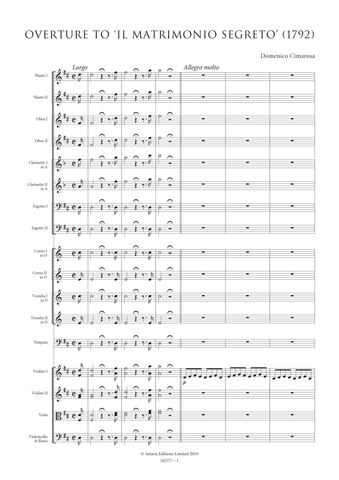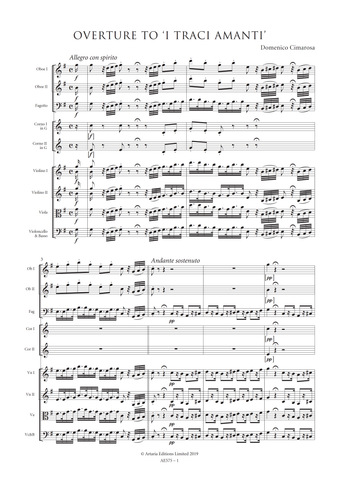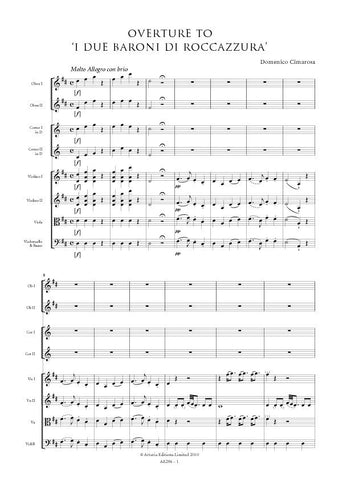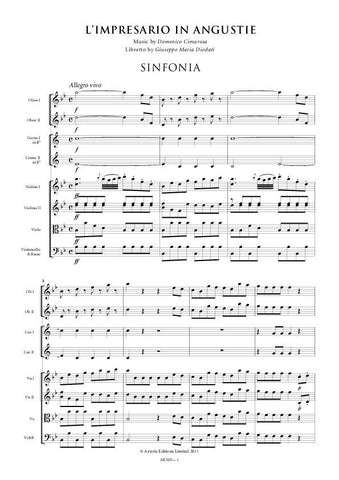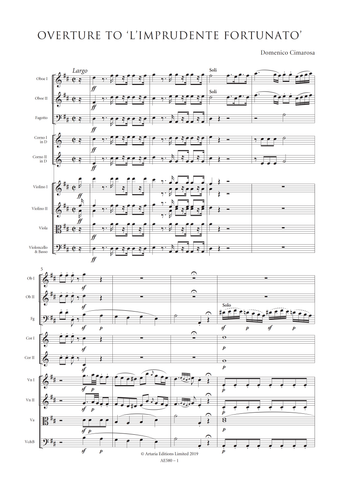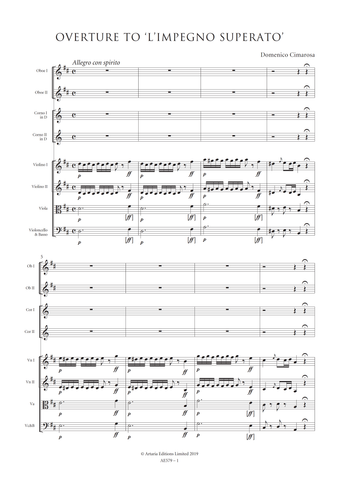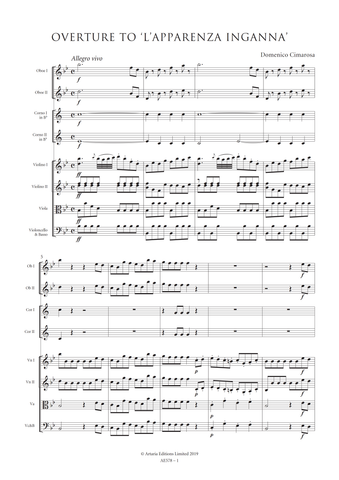Details
|
La vergine del sole (The Sun Virgin) is a dramma serio which Domenico Cimarosa wrote for performance at the Russian Court during his tenure in St Petersburg as Maestro di cappella. The plot, by Ferdinando Moretti, revolves around the invasion of Peru (after the Mexican conquest) by the Spanish. A courageous soldier, Alonso Molina, outraged by the barbarian acts of the Spanish leader Pizzaro, has abandoned the Spanish army and fled to Quito to warn the king, Ataliba, and his sister, Aliloe, of their impending danger.Welcomed by the king and made a commander of his army, Alonso falls in love with Idalide, the daughter of Palmoro, a nobleman of the king.Much later, invited to the Temple of the Sun, Alonso is horrified to discover that his beloved Idalide has been ordered (by antique rule) to be one of the virgins of the gods, and discovers her at the sacrificial altar as the High Priest pronounces incantations. A volcano erupts, followed by an earthquake. More afraid for Idalide than for himself, Alonso enters the crumbling temple and rescues his beloved.
In addition to performances in St Petersburg at both the Hermitage Theatre (where it probably had its prima in 1788) and at the Kamenniy Theatre on 26 October 1789, the opera was produced at Teatro Zagnoni in Bologna on 7 February 1790, in Warsaw on 3 July 1790, Brescia in 1790, and Madrid on 4 November 1790. It was heard in Lisbon on 25 July 1802 and again at St Petersburg in 1804. The most recent performance of record was at Teatro Valle in Rome during May of 1810.
Because of the opera's dramatic story line, Cimarosa made full use of the St Petersburg orchestra, scoring the overtures for pairs of flutes, oboes, bassoons and horns in addition to timpani and strings. The exotic nature of the plot led the composer to write an overture much more chromatic and dramatic than anything he had written before. In addition, he included loud bursts of strings and timpani possibly to suggest the forthcoming volcanic eruption and earthquake. His unusual use of the timpani suggests, possibly, the native Peruvian sacrificial drums.
This edition is based on the composer's holograph score which is today preserved in the library of the Conservatorio di musica 'S Pietro a Majella', Naples, under the shelfmark Rari 1-5-1. As is the case with all Cimarosa's autograph material the overture to La vergine del sole shows signs of having been composed at breakneck speed. Every conceivable notational shortcut is taken and his placement of articulation and dynamic markings is erratic. It has been necessary, therefore, to frequently interpret the composer's intentions and even at times to impose an editorial solution where his own thoughts are not clear. The timpani part is notated at pitch whereas the horns are written more conventionally in C in the autograph. In making sense of Cimarosa's score the style and notation of articulation and dynamic markings have been largely standardised throughout, and, where missing, markings have been reconstructed from parallel passages. These are indicated by the use of dotted slurs or brackets where appropriate. Obvious wrong notes have been corrected without comment; editorial emendations with no authority from the source are placed within brackets.
Nick Rossi
|




